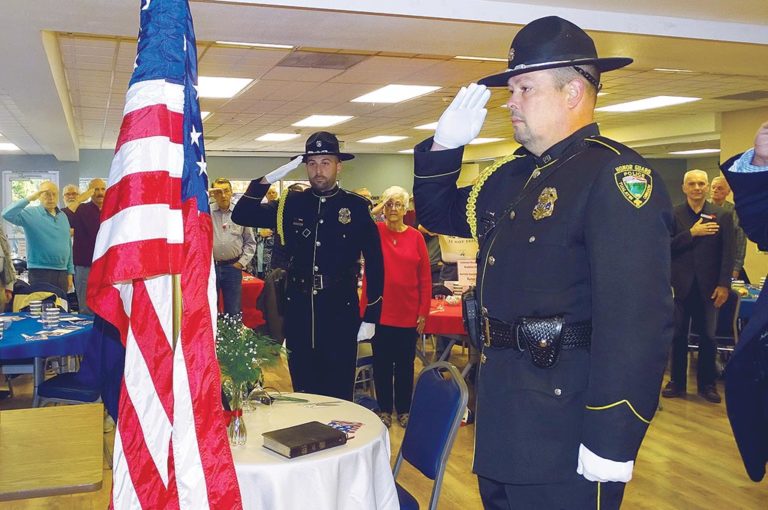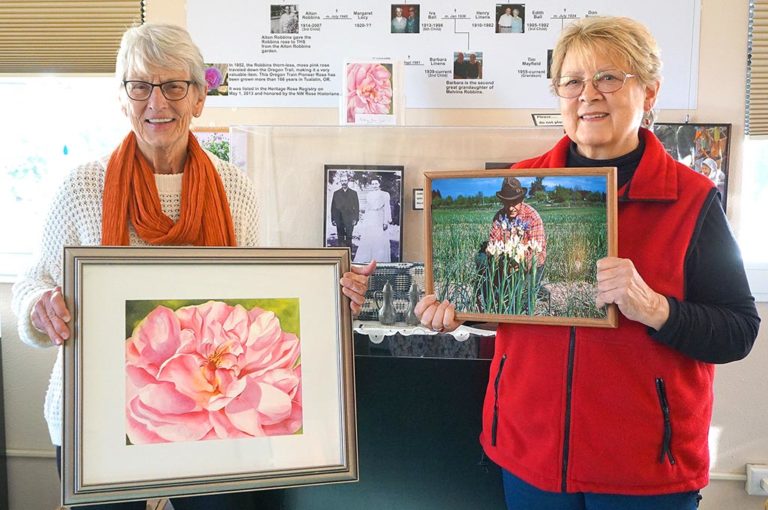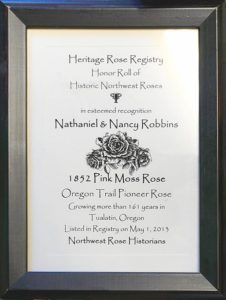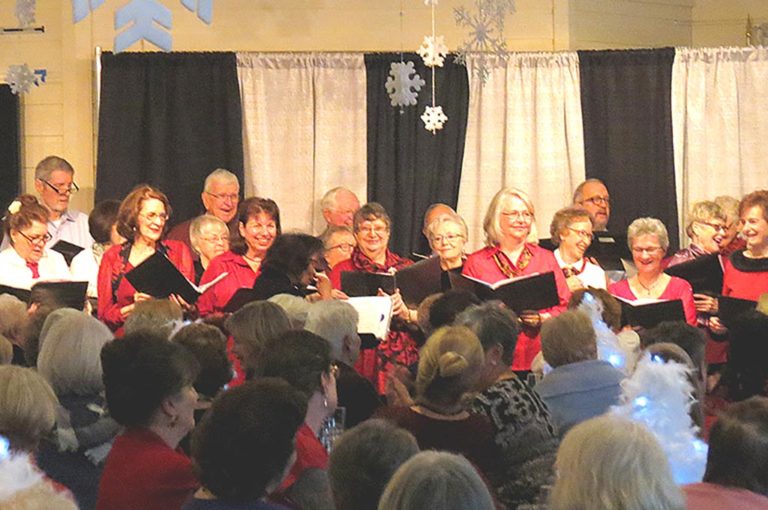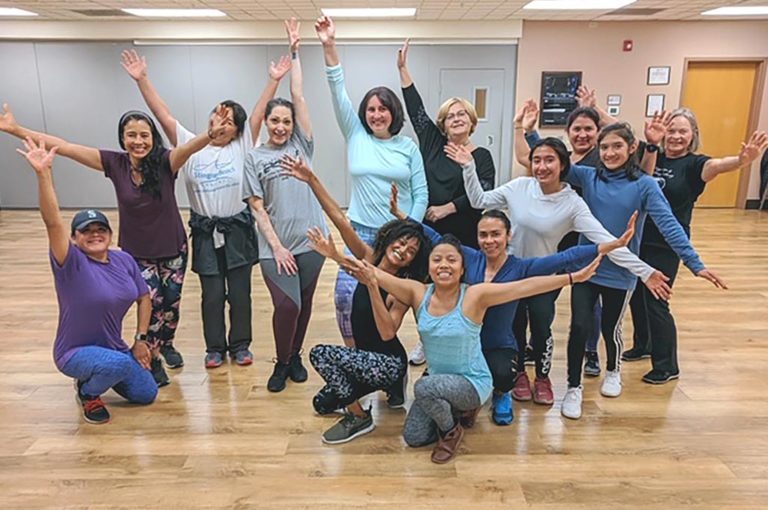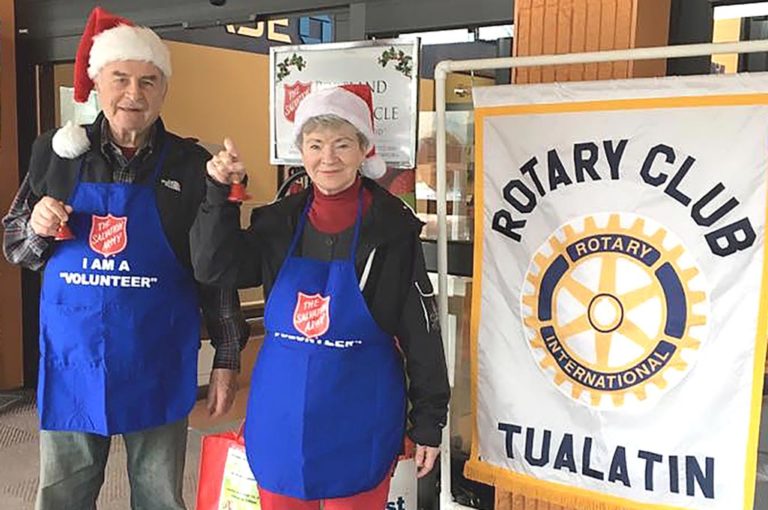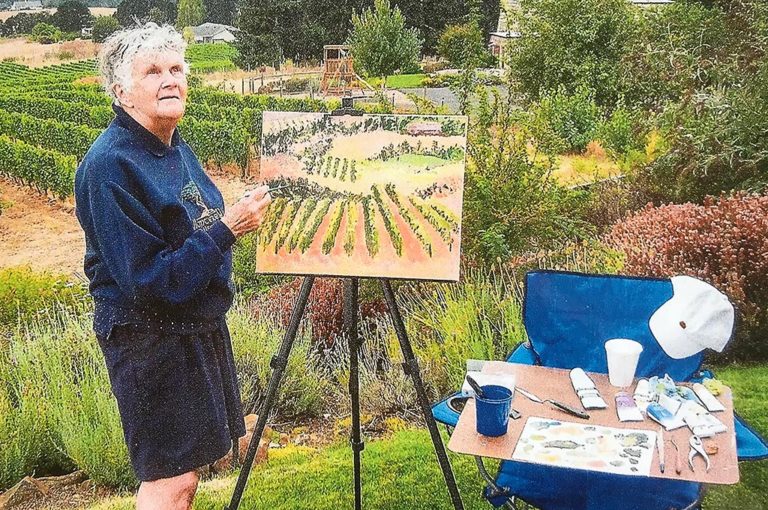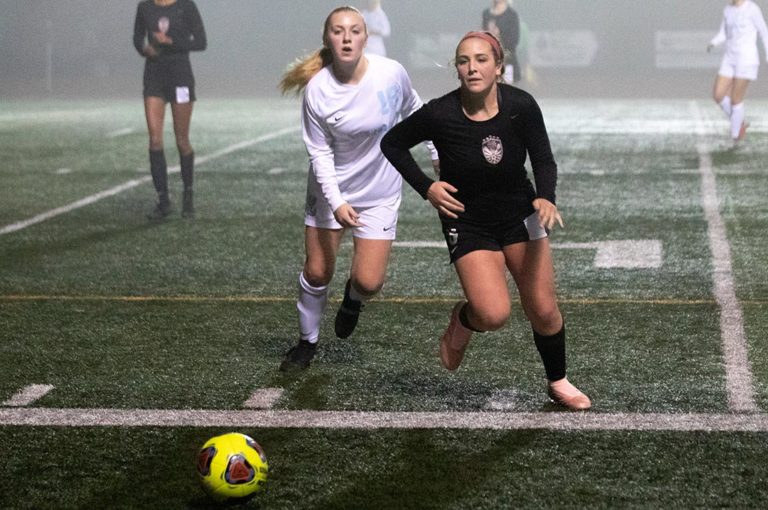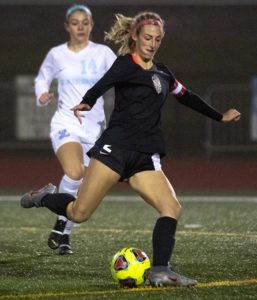Patriotism was on parade at Tualatin’s salute to veterans, held Nov. 8 at the Juanita Pohl Center, with speakers sharing their own experiences and praising those who served.
The poignant and heartfelt event, which about 165 attended, started with members of the Tualatin Police Department posting the colors before Martin Murrell played the “Star Spangled Banner” and George Bowlsby led the pledge of allegiance.
Mayor Frank Bubenik explained the symbolism of the various parts of the “Missing Man” table at the front of the room that represents all the men and women from all the military branches who have never returned.
Bubenik asked veterans of the Army, Air Force, Navy, Marines, Coast Guard and Merchant Marines to stand and also thanked their spouses and family members for their sacrifices.
Tualatin Parks & Recreation Director Ross Hoover discussed the future veterans’ memorial park, to which the City Council has allotted $40,000 for the initial planning phase.
“This is at the top of the queue for city staff to work on,” Hoover said. “Over the next five months, we will ask how do we honor the service and sacrifice of our veterans? We will work with a consultant to walk us through the process. Through community meetings and gatherings, we will come up with a vision. Then we will go about how to build it. We want everyone involved.”
The first speaker, retired Air Force Master Sergeant Gea Clausier, told how she had to break down many barriers during her military career that started in 1974. Her dad was a World War II veteran, and her brother joined the military so she wanted to sign up too.
The first recruiter Clausier encountered wouldn’t sign her up because she “wouldn’t meet his quota,” but the second one did. Women were limited to medical or administrative assignments “so I started in medical administration,” she said.
After 15 years and numerous requests for other positions, Clausier finally got assigned to a warehouse and put in charge of weapons. She had to learn how to shoot a gun, but unbeknownst to her counterparts, she had learned to shoot while growing up and qualified by hitting a bullseye and made the marksmanship team.
“Enlisted personnel and officers were not supposed to fraternize,” Clausier said, but while serving, she met her future husband, who was an officer, and she had to resign after they married. “I continued to serve by volunteering with the American Legion and the Auxiliary and helping my fellow veterans,” Clausier said.
Bubenik commented, “Back in the ‘70s, things were way, way harder for women.”
Bill Manderfield, who joined the Air Force in 1968, served in Vietnam on a long-range patrol team and earned a Purple Heart, spoke next, noting that one-third of his company was either killed or wounded n the war.
“In Vietnam, the enemy knew where we were, but we didn’t know where they were,” said Manderfield, who signed up to be a ranger “because I wanted to be with the best” and went on a total of 15 missions.
On one mission, his unit walked into an ambush and were pinned down for four hours. A helicopter sent to rescue them was shot down. Late in the afternoon, they were directed to a landing zone barely big enough for a helicopter to land and climbed a swaying ladder dangling from it to safety.
Manderfield, who became a non-commissioned officer after the war, started his career and a family, thinking he had no PTSD (Post-Traumatic Stress Disorder). In 1998, 29 years after leaving active duty, Manderfield went to a reunion of his company at Fort Benning, where for four days they sat around reliving their wartime experiences.
“I got home, and I couldn’t sleep,” he said, realizing that he did indeed have PTSD, and he went to the Veterans Administration for help.
Manderfield still goes to the reunions, which are held every other year, but they are losing one or two members a year. “It’s hard to lose these guys,” he said. “Some suffer from Agent Orange. And contrary to all the public sentiment against returning soldiers, we found our friends to be supportive and appreciative. None of my guys had a bad experience on returning, but it was a sad time in our country with a lot of strife and contention.
“We got through that time, and now our veterans are so respected and treated well. I think maybe people feel ashamed of the way veterans were treated then. I am so proud to be a veteran and to serve my country.”
For his presentation, Dave DeHart, who is retired from the Army, chose to highlight the careers of two amazing veterans, Mary Bender, who served three tours in Vietnam working in Army intelligence, and Army Col. David H. Hackworth, who was decorated in the Korean War and Vietnam War.
Many door prizes were handed out, mostly on one side of the room to the chagrin of the other side, as raffle ticket numbers were called.
Bubernik thanked everyone for coming, and Murrell played “Taps.”
